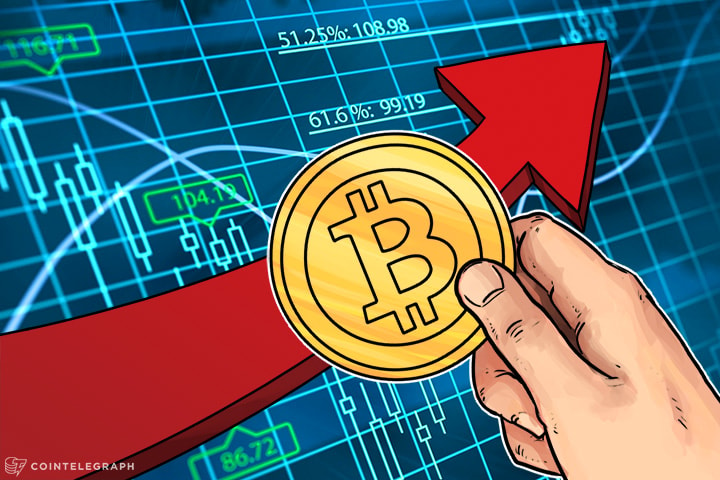With a growing market cap and share, a new trend of higher premiums on lesser-known currencies seeking to buy Bitcoin has emerged of late, though it can’t be said to be a major contributing factor driving the rise in its price.
The founder of BitcoinAverage, Shaun Gilchrist, believes there have been consistently higher premiums in currencies other than USD such as INR, KRW, BRL, MXN and others.
“I've noticed historically that when currencies highly focused on P2P markets and those currencies with lower volume start to run away from our global price, upwards movements are likely incoming,” Gilchrist states in a chat with Cointelegraph.
"The barrier to acquiring Bitcoin in some of these countries is large. It's not a case of simply making a domestic bank transfer for free to an exchange (like is the case with many USD or EUR exchanges) to buy Bitcoin."
Though this means users in these countries have to pay more to acquire Bitcoin, it has not been confirmed to be a major factor driving the rise in the price of the digital currency as experienced at the beginning of 2017, a year when greater adoption of Bitcoin is expected to be seen in emerging markets.
This is despite Gilchrist’s observation paralleling recent reports that Bitcoin has been selling for higher rates in India than what is obtainable in other parts of the world, due to the announcement of the country’s demonetization process.
Top interest
Another country where a similar claim by Singapore-based BitX was made about higher Bitcoin price is Nigeria. Recent Google analytics show that Nigeria is currently the world’s top country with a search interest in Bitcoin.
Placing such premiums to buy Bitcoin surely indicates that the demand from what were lower volume currencies, like the Indian rupee and Nigerian naira, suddenly became larger.
Gilchrist, whose BitcoinAverage came from open source beginnings to now serve price data to some of the world’s largest Bitcoin businesses and applications, added that the trend has elements similar to what occurred in 2013. He says:
“One of the only options available to users is to make use of P2P platforms such as LocalBitcoins, and they are forced to pay whatever premiums if they want to jump into the rally. The same thing happened in the 2013 bubble. I was monitoring the GBP market at the time, another local market that (strangely considering its financial power globally) also has a hard barrier to entry, due to its strict banking positions and lack of partnership with UK-based exchanges. Back then people were paying 50 percent premium in the run up to the ATM, a similar thing has been going on recently.”
When asked how long he thinks the observed trend will continue, Gilchrist says: “My guess is until the ATH is tested, then who knows? The short-term outcome will all hinge on this.”
Indian volumes grow ten-fold
An early Bitcoiner from India, Vivek, also known as Vivekomon, agrees with Gilchrist that the second most populated country has seen some improvements with Bitcoin.
He says volumes of Bitcoin-related activities have increased 10 fold in India and the digital currency has become a well-known name among the Indian business and news circles as its awareness has pumped up big time. However, he maintains that the past rally is mainly linked to Donald Trump’s election and the situation in China, though India too played a significant part.


